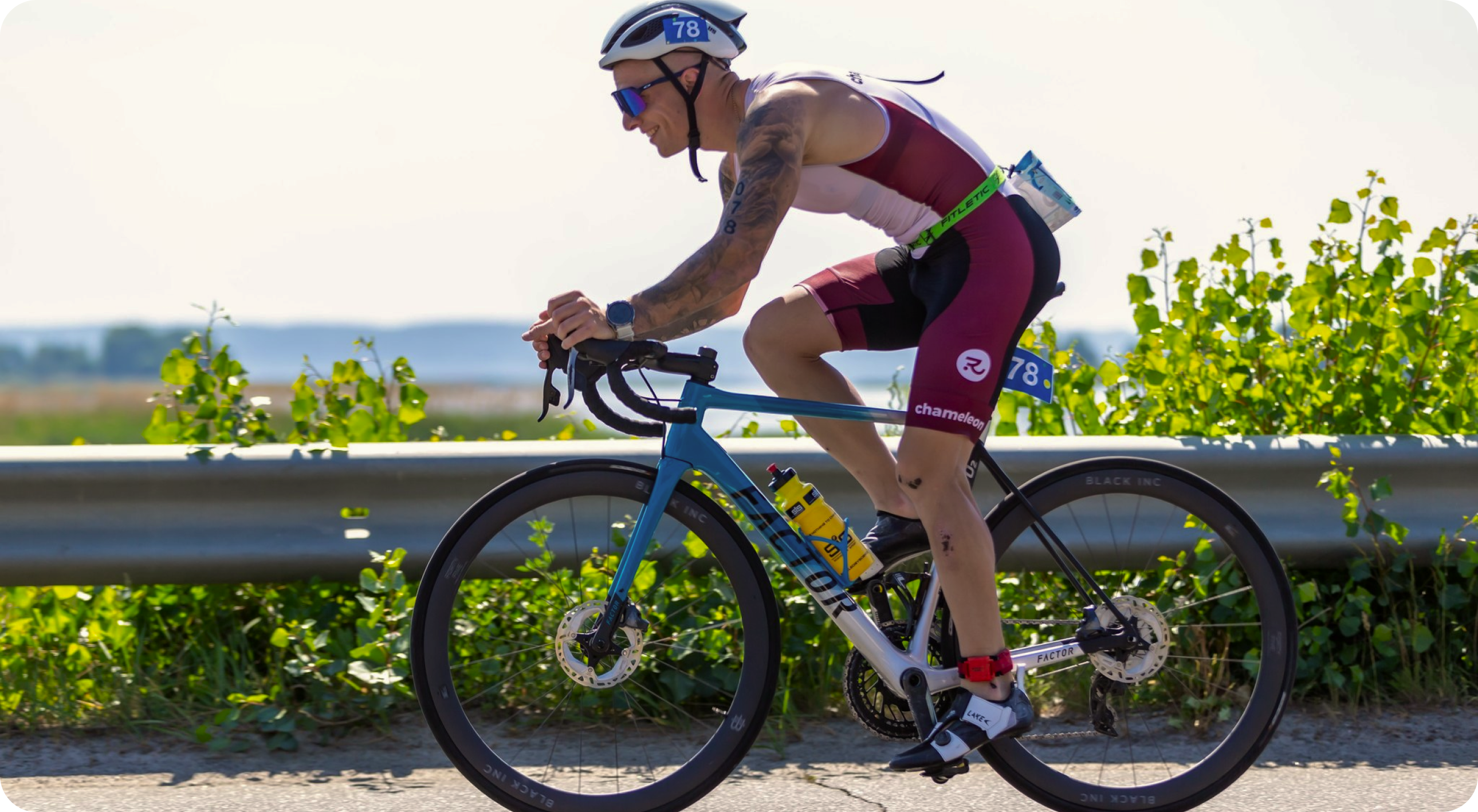Understanding triathlon is synonymous with endurance, perseverance, and multifaceted skills.
The ability to swim, bike, and run in a single event sets the triathlon apart from most other sports.
However, those who are deeply immersed in the world of triathlon realize that there is another important discipline.
These are triathlon transitions, and they are often overlooked by beginners.
These critical junctures between each leg of the race are not mere intervals for changing gear.
They are strategic phases where races can be won or lost.
Unveiling the Fourth Discipline: Understanding T1 and T2
Triathlons involve two transition phases.
T1 is the transition from the swim to the bike, and T2 is from the bike to the run.
Mark Allen, a six-time Ironman World Champion, once said,
“Transitions are often referred to as the fourth discipline in triathlons and with good reason. They can significantly impact your race outcome.”
Each transition requires a specific set of skills and can pose unique challenges.
But with the right strategies and ample practice, triathlon transitions can become a seamless and swift part of your race.
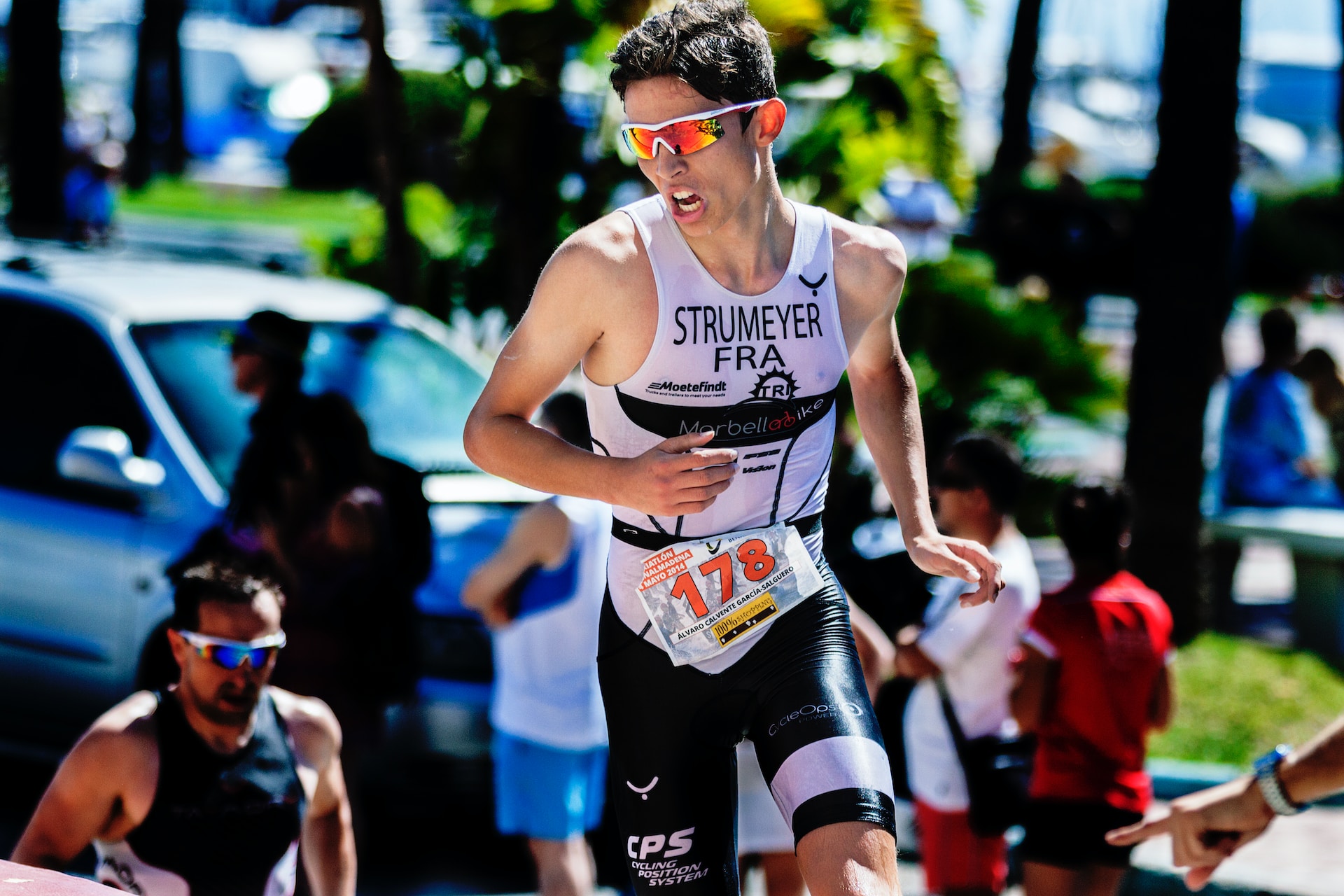
The Impact of Transition Efficiency on Your Race
Transition times are more than just brief pauses in a race.
As Chrissie Wellington, a four-time Ironman World Champion, remarked,
“Time spent in transition is time you’ll never get back. It counts just as much as the time you spend swimming, biking, or running.”
In fact, the 2021 Triathlon Statistics report shows that athletes who ranked in the top 5% had significantly faster average transition times compared to those in the lower percentile.
Hence, shaving off even a few seconds in your transitions can lead to noticeable improvements in your overall race time.

Mastering the Swim-to-Bike Transition (T1)
T1 involves moving from the swim leg, typically in open water, to the first terrestrial portion of the race – the bike ride.
This transition involves several steps, such as taking off your wetsuit, putting on your helmet and cycling shoes, and getting on your bike.
Dave Scott, a six-time Ironman world champion, gave advice to athletes.
He says you need to visualize the transition before the race and mentally practice each step.
He also stresses the importance of setting up your transition area efficiently.
This could mean unrolling your socks, opening your bike shoes, or placing your helmet upside-down with straps open for a quicker changeover.
Furthermore, regular practice of these movements can lead to a smooth and quick T1.
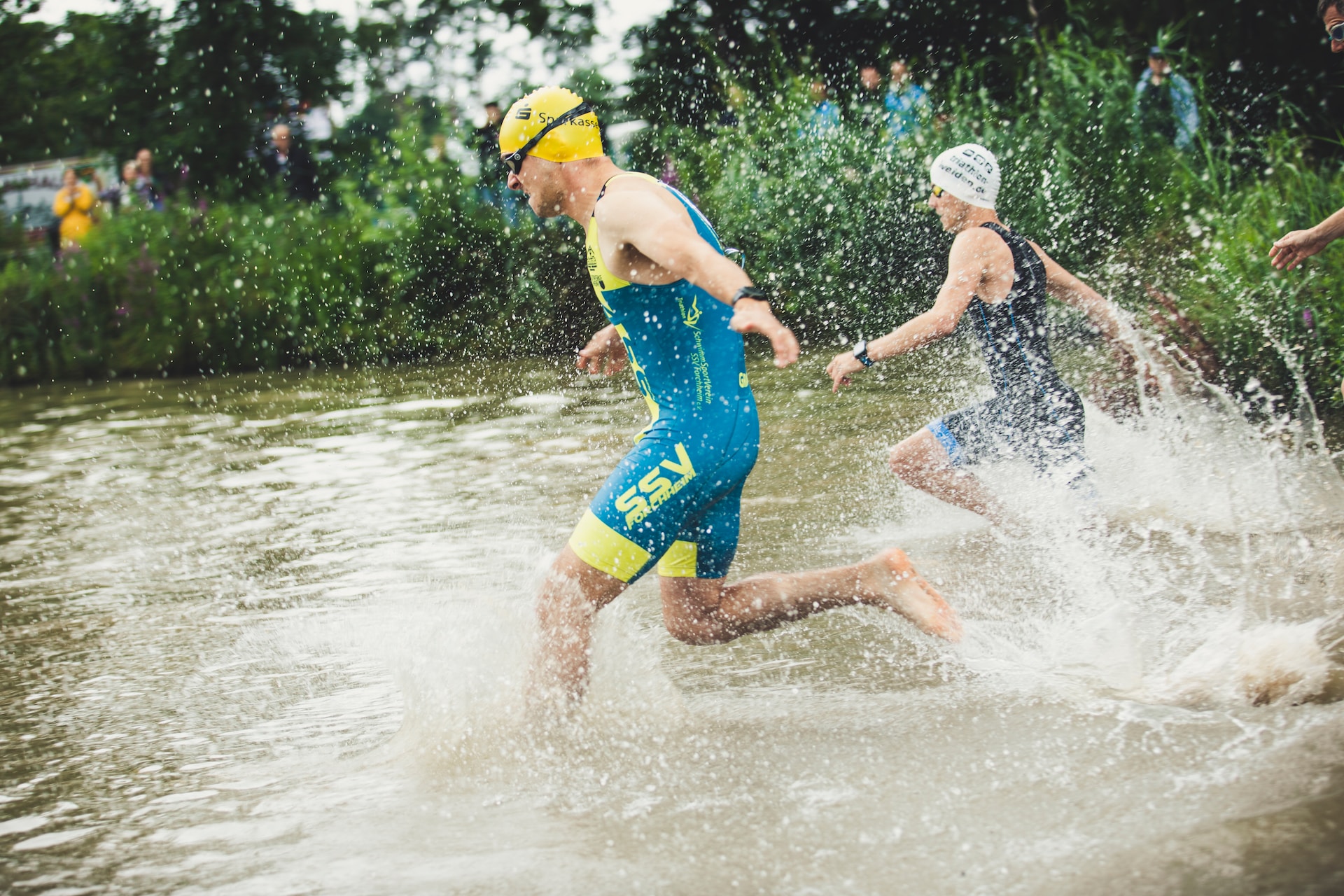
Navigating the Swim-to-Bike Transition (T1)
T1 is often seen as the most complicated transition due to the sheer number of tasks involved.
It starts from the moment you exit the water and ends when you start the bike leg.
These steps usually involve removing your triathlon gear: taking off your wetsuit, putting on your helmet and cycling shoes, and grabbing your bike.
Here are some strategies to streamline your T1:
1. Wetsuit Tricks
Practice getting out of your wetsuit efficiently.
Jan Frodeno, a 3-time Ironman world champion, told us about his strategy used by professionals.
It consists in pulling the zipper down and taking your hands off the wetsuit when you run to the transition area.
You can also use products like body glide to make wetsuit removal easier.
2. Transition Area Setup
Set up your gear in a way that follows the sequence you’ll put them on.
For example, place your helmet on your handlebars with the straps open and your cycling shoes ready to step into.
3. Bike Mount Line
Practice the motion of getting on your bike smoothly.
Some triathletes use a flying mount technique, which involves running with the bike and jumping onto it after crossing the mount line.
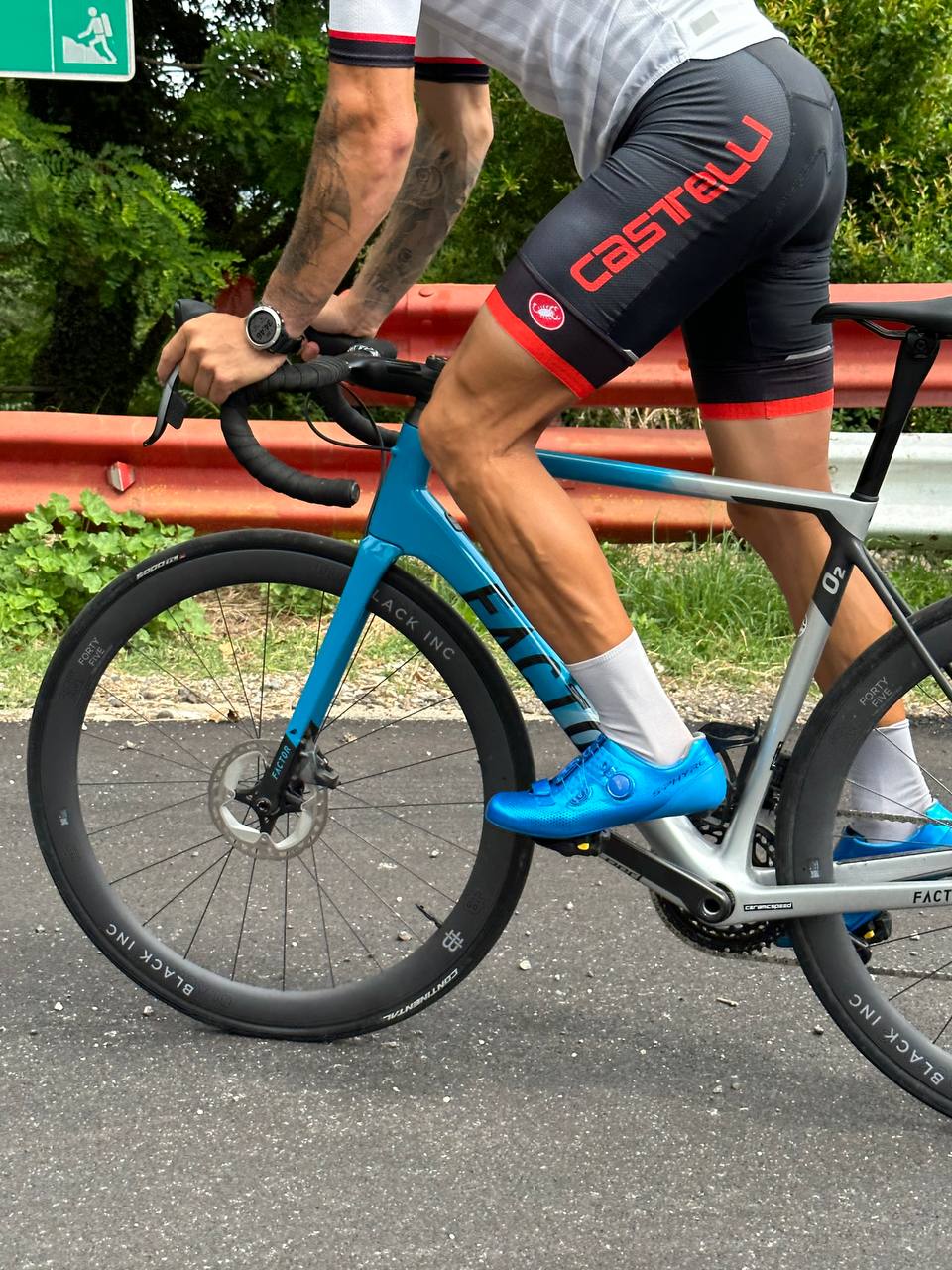
Excelling in the Bike-to-Run Transition (T2)
T2, the bike-to-run transition, has its unique set of challenges.
Here, athletes need to dismount their bikes, change shoes, and perhaps switch headgear before beginning the run.
It’s crucial to dismount swiftly but safely, without incurring a time penalty for crossing the dismount line while still on the bike.
Paula Newby-Fraser, an eight-time Ironman World Champion, advises athletes to “Get the feet out of the shoes before reaching the dismount line to save time and prepare for the run”.
A well-arranged transition area can also aid in a fast T2.
Don’t unlace your shoes for a quick entry.
Use elasticized laces for a snug fit and don’t waste time.
Also, lay out your gear in order of use – all of which can contribute to a smooth transition.

Mastering the Bike-to-Run Transition (T2)
T2 can be simpler than T1 but still poses its own challenges.
You’re transitioning from a relatively passive lower-body activity (cycling) to a high-impact one (running).
Here are the steps and strategies to keep in mind:
1. Bike Dismount Line
Similar to the mount line, there’s a dismount line before the transition area. Practice your bike dismount to avoid any stumbles.
2. Running Shoes
Using elastic, lock laces in your running shoes can save time compared to regular laces.
Also, put your shoes on while standing, not sitting, to train for the balance required in T2.
3. Gear Placement
As in T1, set your gear in order. Your running shoes should be the first thing you reach.
With regular practice, these triathlon transitions will become second nature.
As renowned coach Matt Dixon points out, “Triathlon is not three sports. It’s four – swim, bike, run, and transitions. Ignore them at your peril.

Practicing Transitions: A Key Part of Your Training
Understanding and implementing effective transition strategies is one thing.
But to truly excel, these need to be integrated into your regular training.
As the saying goes, “practice makes perfect,” and transition training is no exception.
Incorporating “brick workouts ” into your training regime can help your body adapt to the change in activities when you transition to another sport.
It involves training two disciplines one after the other.
This method is supported by a study published in the Journal of Sports Sciences.
It showed that athletes who included transition-specific training in their training process significantly improved their performance during the transition phases.
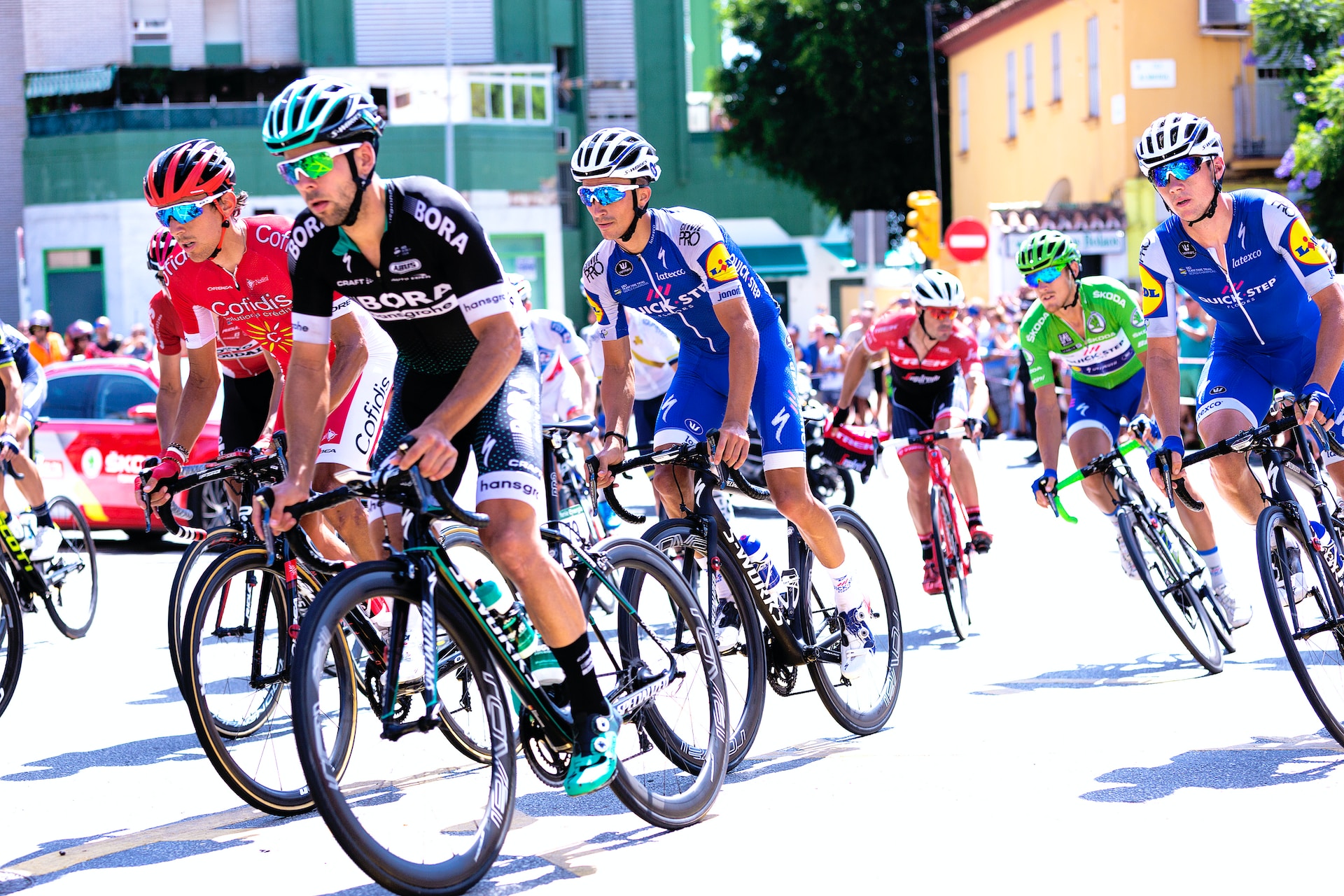
Harnessing Technology for Transitions
In addition to training and strategy, equipment and technology can play an important role in mastering transitions.
For example, using a special triathlon suit that is suitable for swimming, cycling, and running can save you the trouble of changing clothes.
Similarly, triathlon-specific cycling shoes with a single, broad strap can be faster to put on than regular cycling shoes.
Moreover, in the era of smart sports tech, numerous gadgets can help with transition training.
For example, a multi-sport GPS watch can track your transition times during training.
They can also provide information on where you can improve your triathlon performance.
Some triathletes also use action cameras.
This is to record their movements during training for further detailed analysis.
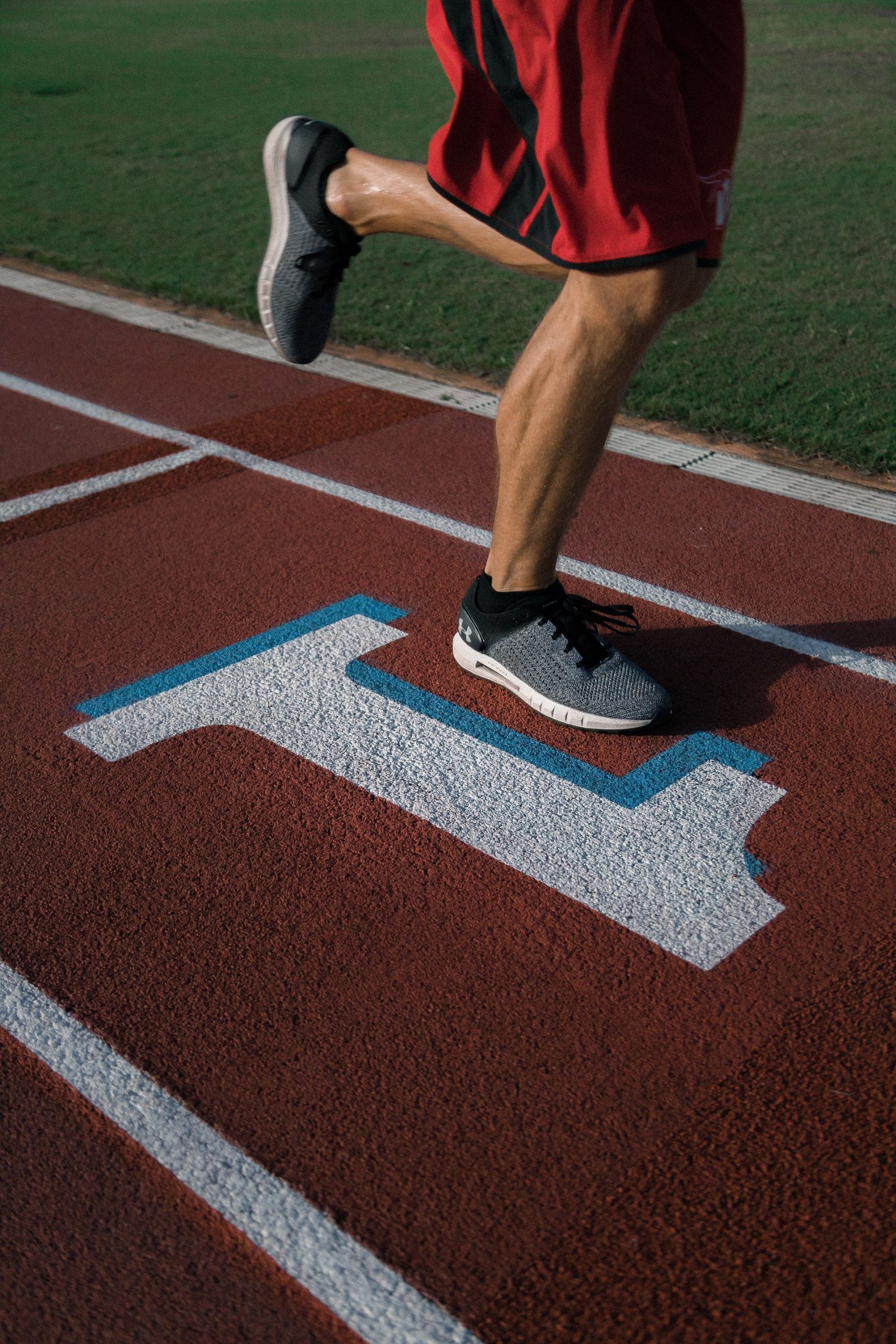
Wrapping Up: Transitions as a Strategic Advantage
Mastering transitions in a triathlon is not an optional skill but a critical aspect of race strategy.
Triathlon coach Troy Jacobson summarizes the importance of effective transitions.
He said, “Transitions should be as smooth as a well-rehearsed ballet, not a frantic fire drill.”
Taking the time to practice these phases, using smart shift strategies, and leveraging technology can help you optimize your triathlon transitions.
And potentially save you precious minutes on your next race.
Investing in mastering transitions can yield substantial returns in terms of race performance.
So, remember – while triathlons are indeed about swimming, cycling, and running, don’t forget the fourth discipline.




